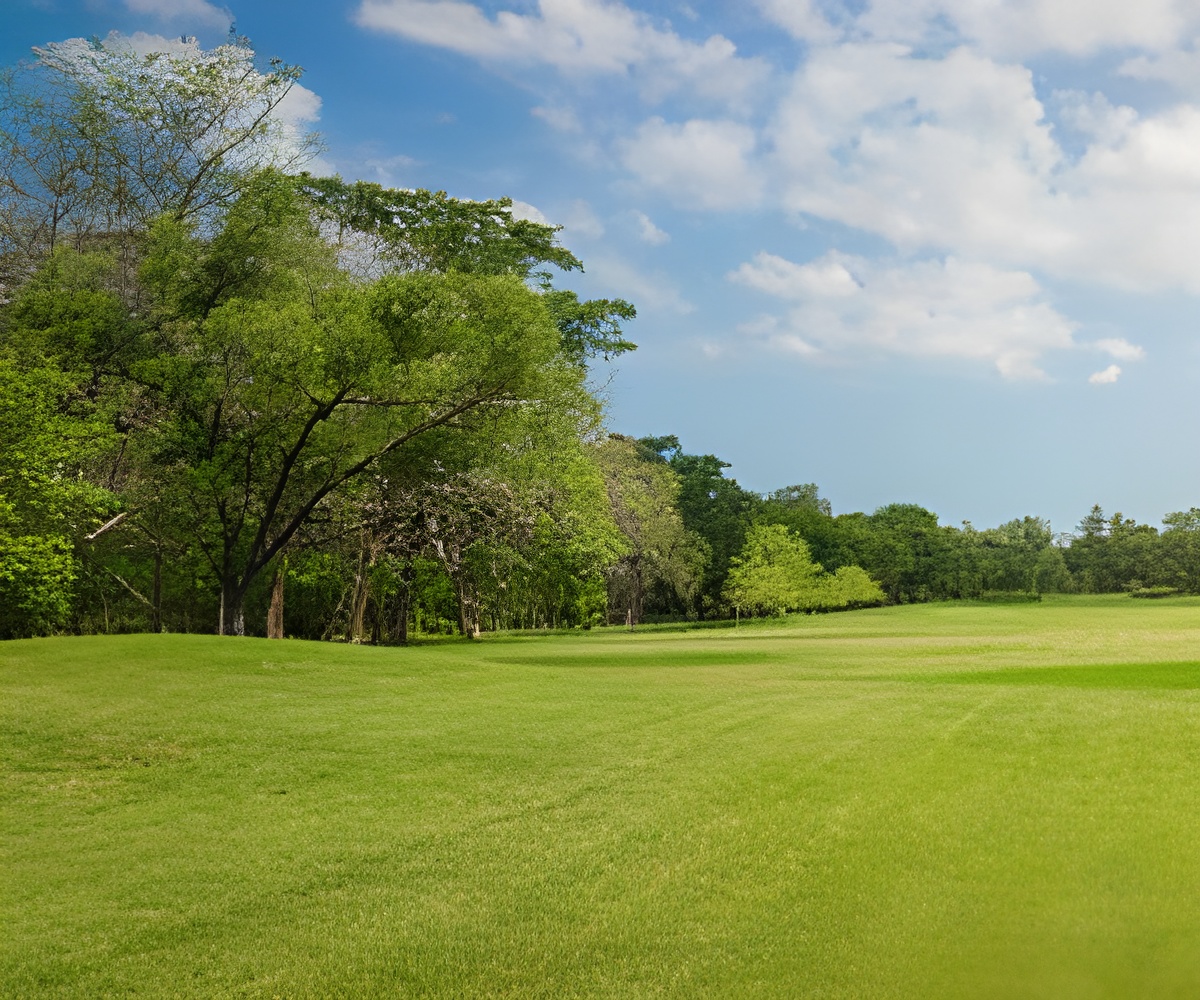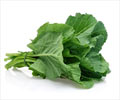Prisons with a higher presence of green space had lower levels of self-harm and lower levels of prisoner-on-prisoner violence and assaults on prison staff.

‘Prisons with a lot of green space benefit prisoners by lowering their levels of self-harm and prisoner-on-prisoner violence and assaults on prison staff.’





"Our evidence shows clear and demonstrable benefits from the presence of green space for prisoners in all categories of prison," said lead researcher Dominique Moran from the University of Birmingham. "It's clear that inclusion of green space should be a key design element for new prisons, and existing prisons should convert existing outdoor areas to provide more green space wherever possible," Moran added.
For the study, published in the journal Annals of the American Association of Geographers, the team used Geographic Information System (GIS) mapping to identify the percentages of green space within prisons in England and Wales.
They compared this with available data about incidents of self-harm, prisoner assaults on staff and violence between prisoners.
They also drew on information about the age and function of individual establishments -- for example their capacity, what the security level was, whether they accommodated men, women or young offenders, and whether they were purpose-built prisons, or converted from other types of buildings such as military bases.
Advertisement
Advertisement












